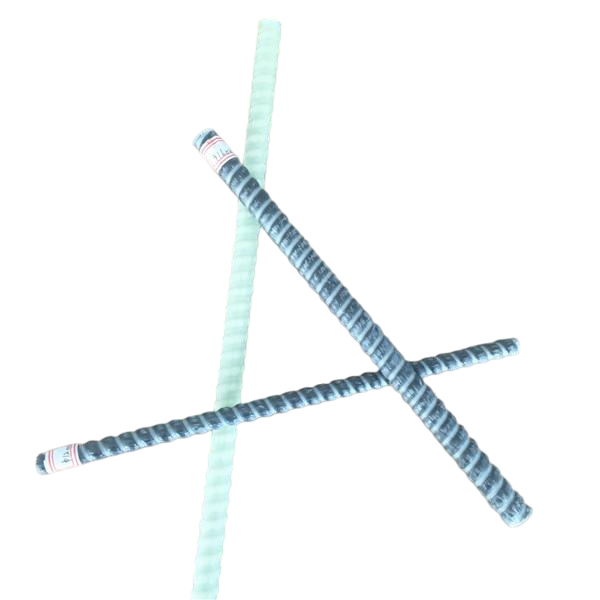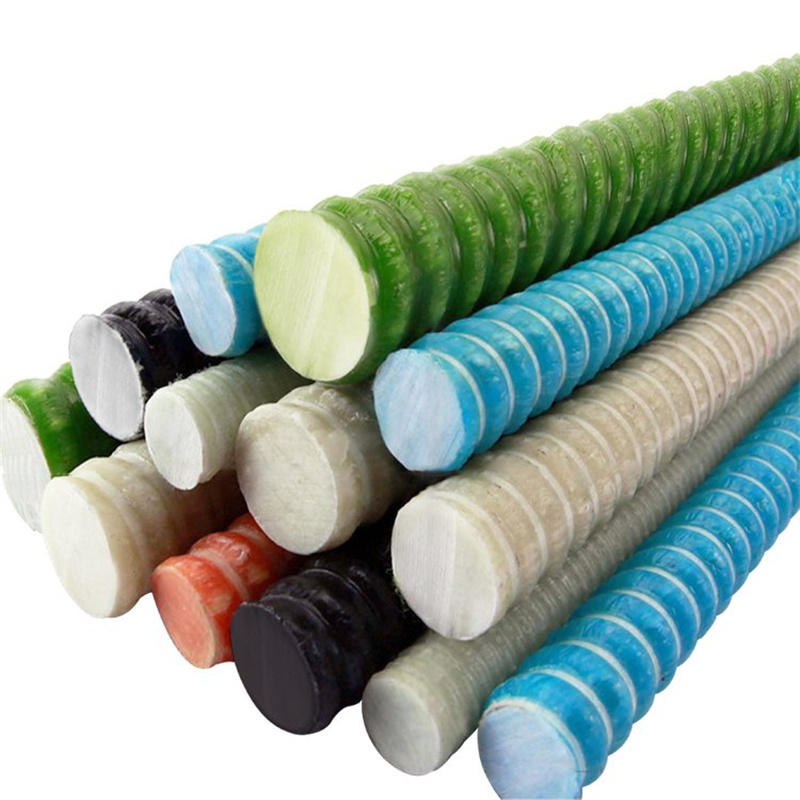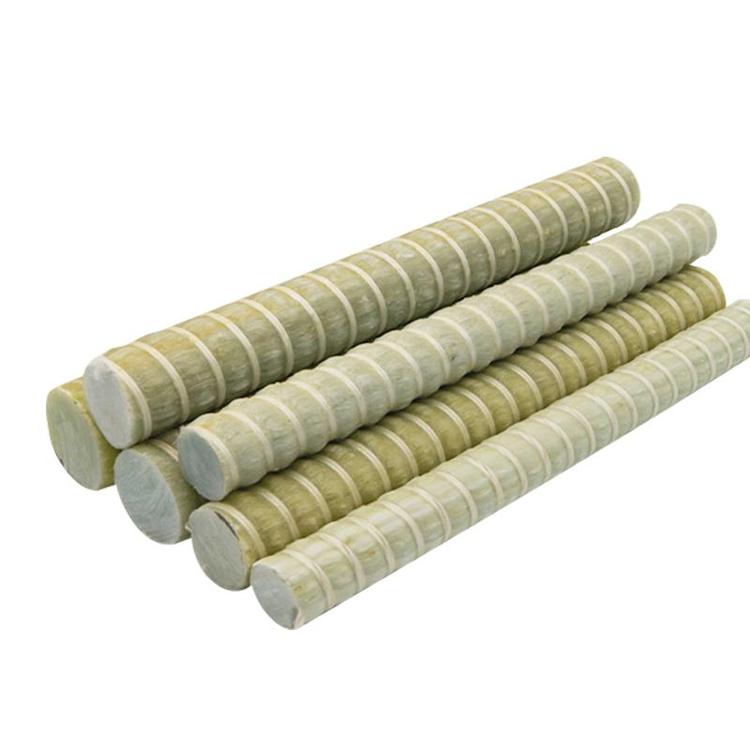Introduction
The construction industry continually evolves with the integration of advanced materials and technologies aimed at enhancing structural integrity, energy efficiency, and overall performance of buildings. One such innovation is the Glass Fiber Reinforced Polymer (GFRP) insulation connector. The GFRP Insulation Connector plays a pivotal role in modern construction, offering a combination of high strength, thermal insulation, and durability that traditional materials struggle to match.
This article delves into the properties of GFRP insulation connectors, exploring their material characteristics, mechanical and thermal performance, and their impact on construction practices. By examining the underlying science and practical applications, we aim to provide a comprehensive understanding of why GFRP insulation connectors are becoming indispensable in contemporary architecture and engineering.
Understanding Glass Fiber Reinforced Polymer (GFRP)
GFRP is a composite material comprised of a polymer matrix reinforced with glass fibers. This combination results in a material that exhibits high tensile strength, low weight, and excellent corrosion resistance. The glass fibers provide the mechanical strength, while the polymer matrix protects the fibers and transfers load between them.
Properties of GFRP Materials
The unique properties of GFRP stem from its composite nature. Key characteristics include:
- High strength-to-weight ratio
- Excellent fatigue resistance
- Non-conductive electrical properties
- Resistance to chemical corrosion and moisture
- Thermal insulation capabilities
These properties make GFRP an attractive option for various construction components, including insulation connectors, rebar, and structural profiles.
The Role of Insulation Connectors in Construction
Insulation connectors are critical in maintaining the structural integrity and thermal efficiency of insulated walls and facades. They connect the outer cladding to the inner structural wall, bridging the insulation layer without creating thermal bridges that can compromise energy efficiency. Traditional connectors made from steel can conduct heat, leading to energy loss and condensation issues.
Properties of GFRP Insulation Connectors
GFRP insulation connectors leverage the advantageous properties of GFRP materials to offer superior performance over traditional connectors. The key properties include mechanical strength, thermal performance, durability, and ease of installation.
Mechanical Strength
GFRP insulation connectors exhibit high tensile and compressive strength, allowing them to withstand significant loads without deformation. The anisotropic nature of GFRP enables engineers to tailor the orientation of glass fibers to optimize strength in specific directions, enhancing structural performance.
Thermal Performance
One of the most significant advantages of GFRP insulation connectors is their low thermal conductivity. Unlike metal connectors, GFRP connectors minimize thermal bridging, thereby preserving the insulation layer's integrity. This results in improved energy efficiency and indoor thermal comfort.
Durability and Corrosion Resistance
GFRP materials are inherently resistant to corrosion from chemicals, moisture, and environmental factors. This durability ensures that GFRP insulation connectors maintain their structural integrity over time, reducing maintenance costs and extending the lifespan of the building envelope.
Electrical Non-Conductivity
GFRP insulation connectors are electrically non-conductive, which is beneficial in applications where electrical insulation is required. This property enhances safety in buildings by reducing the risk of electrical hazards associated with conductive materials.
Applications of GFRP Insulation Connectors
GFRP insulation connectors are utilized in various construction scenarios where thermal efficiency and structural integrity are paramount.
Facade Systems
In curtain walls and facade systems, GFRP insulation connectors support cladding materials while maintaining the thermal barrier. Their use minimizes heat transfer between the building interior and exterior, contributing to energy savings and compliance with building codes focused on energy efficiency.
Concrete Sandwich Panels
GFRP connectors are essential in precast concrete sandwich panels, where they connect the inner and outer concrete wythes. Their low thermal conductivity prevents thermal bridging, ensuring the panel's insulating properties are preserved. The mechanical strength of GFRP ensures the panels can withstand handling and service loads.
Masonry Walls
In masonry construction, GFRP insulation connectors tie brick or stone veneers to the structural wall, providing stability without compromising insulation. This application is crucial in residential and commercial buildings where aesthetic brick facades are desired alongside high energy efficiency standards.
Case Studies and Performance Analysis
Several projects worldwide have successfully integrated GFRP insulation connectors, demonstrating their effectiveness in real-world applications.
Energy-Efficient Commercial Buildings
A case study in a cold climate region involved the construction of a commercial building utilizing GFRP insulation connectors in the facade system. The building achieved significant reductions in heating costs, attributed to the minimization of thermal bridging. The connectors maintained structural performance under wind and seismic loads while enhancing the building's thermal envelope.
High-Rise Residential Structures
In high-rise residential buildings, the use of GFRP insulation connectors allowed for thinner wall assemblies while meeting strict energy codes. The reduced wall thickness provided additional usable floor space, enhancing the building's marketability. The non-corrosive nature of GFRP also contributed to long-term durability, essential for the building's lifecycle.
Advantages Over Traditional Materials
Comparing GFRP insulation connectors to traditional steel connectors highlights several advantages beyond thermal performance.
Weight Reduction
GFRP connectors are significantly lighter than steel, simplifying handling and installation. This weight reduction can lead to decreased transportation costs and ease of installation, particularly in prefabricated construction methods.
Longevity and Low Maintenance
The corrosion resistance of GFRP results in connectors that do not require maintenance over the building's lifespan. In contrast, steel connectors may corrode over time, necessitating repair or replacement to prevent structural degradation.
Enhanced Building Performance
By eliminating thermal bridges and maintaining the integrity of the insulation layer, GFRP insulation connectors enhance the overall energy performance of buildings. This improvement contributes to sustainability goals and can aid in achieving certifications such as LEED or BREEAM.
Challenges and Considerations
While GFRP insulation connectors offer numerous benefits, certain challenges must be addressed to maximize their effectiveness.
Material Costs
The initial cost of GFRP materials can be higher than traditional steel. However, this cost is often offset by long-term savings in energy efficiency and reduced maintenance. Lifecycle cost analysis is essential to make informed decisions regarding material selection.
Design and Engineering
Proper design and specification are crucial. Engineers must understand the mechanical properties of GFRP and how they differ from steel. This knowledge ensures connectors are appropriately sized and oriented to handle the required loads without overdesigning and incurring unnecessary costs.
Fire Performance
GFRP materials can have varying performance under fire conditions. It is vital to select GFRP connectors that meet fire safety standards and to consider protective measures if necessary. Manufacturers often provide data on fire resistance and recommendations for safe use.
Future Developments in GFRP Technology
The advancement of GFRP technology continues to evolve, with research focused on enhancing material properties, sustainability, and cost-effectiveness.
Nanotechnology Enhancements
Incorporating nanomaterials into GFRP composites can improve mechanical properties and thermal stability. These enhancements may lead to connectors with even greater strength and durability, opening up new possibilities in structural applications.
Sustainable Materials
Developing bio-based polymers and recyclable GFRP components aligns with global sustainability goals. Research into alternative resins and fibers aims to reduce the environmental impact of GFRP production and disposal.
Standardization and Building Codes
As the use of GFRP becomes more widespread, building codes and standards are being updated to provide guidelines for designers and builders. Standardization facilitates broader adoption by ensuring safety and performance benchmarks are met.
Installation Practices
Proper installation is critical to the performance of GFRP insulation connectors. Training for construction personnel ensures that connectors are installed according to manufacturer specifications and that the benefits of GFRP are fully realized.
Handling and Safety
GFRP materials require specific handling to prevent damage to the fibers and matrix. Installers should use appropriate tools and techniques to cut, drill, and fix GFRP connectors without compromising their structural integrity.
Quality Assurance
Implementing quality control measures during installation helps identify and rectify issues promptly. Regular inspections and testing can ensure that connectors perform as intended, contributing to the overall safety and reliability of the structure.
Economic Impact
The adoption of GFRP insulation connectors can have a positive economic impact on construction projects.
Energy Savings
By enhancing the thermal performance of buildings, GFRP connectors contribute to lower energy consumption for heating and cooling. This reduction leads to cost savings for building owners and tenants over the building's life.
Reduced Maintenance Costs
The durability and corrosion resistance of GFRP connectors reduce the need for maintenance and replacement. This longevity translates into lower lifecycle costs compared to structures utilizing traditional steel connectors.
Environmental Considerations
Environmental sustainability is a critical consideration in modern construction. GFRP insulation connectors contribute to green building practices in several ways.
Reduced Carbon Footprint
The energy savings achieved through improved thermal performance result in a reduced carbon footprint. Buildings that utilize GFRP connectors demand less energy from fossil fuels, aligning with global efforts to combat climate change.
Material Efficiency
GFRP connectors' lightweight nature allows for efficient material use and reduced transportation emissions. Additionally, ongoing research into recyclable GFRP materials aims to minimize waste and promote circular economy principles.
Conclusion
The exploration of GFRP insulation connectors reveals a material that significantly enhances building performance through its superior mechanical properties, thermal efficiency, and durability. As construction demands evolve to prioritize energy efficiency and sustainability, GFRP connectors provide a solution that meets these challenges head-on.
By understanding the properties and applications of the GFRP Insulation Connector, architects and engineers can make informed decisions that contribute to the longevity and efficiency of their projects. The integration of GFRP connectors represents not just an improvement over traditional materials but a step forward in building technology that aligns with the future of sustainable construction.



























